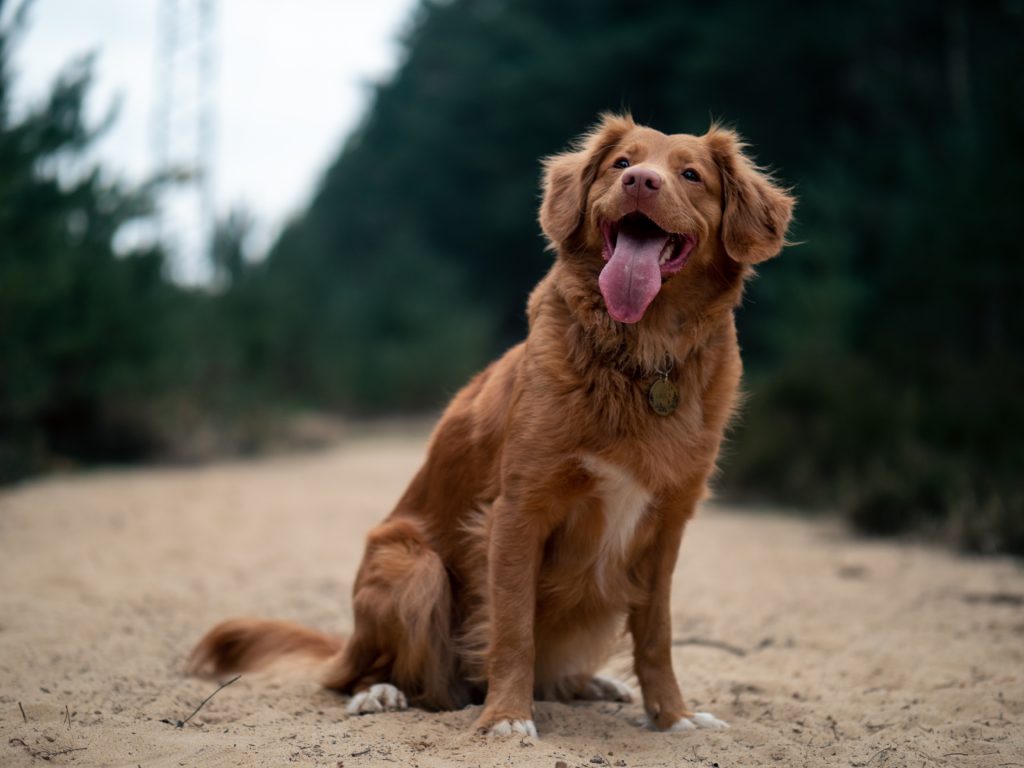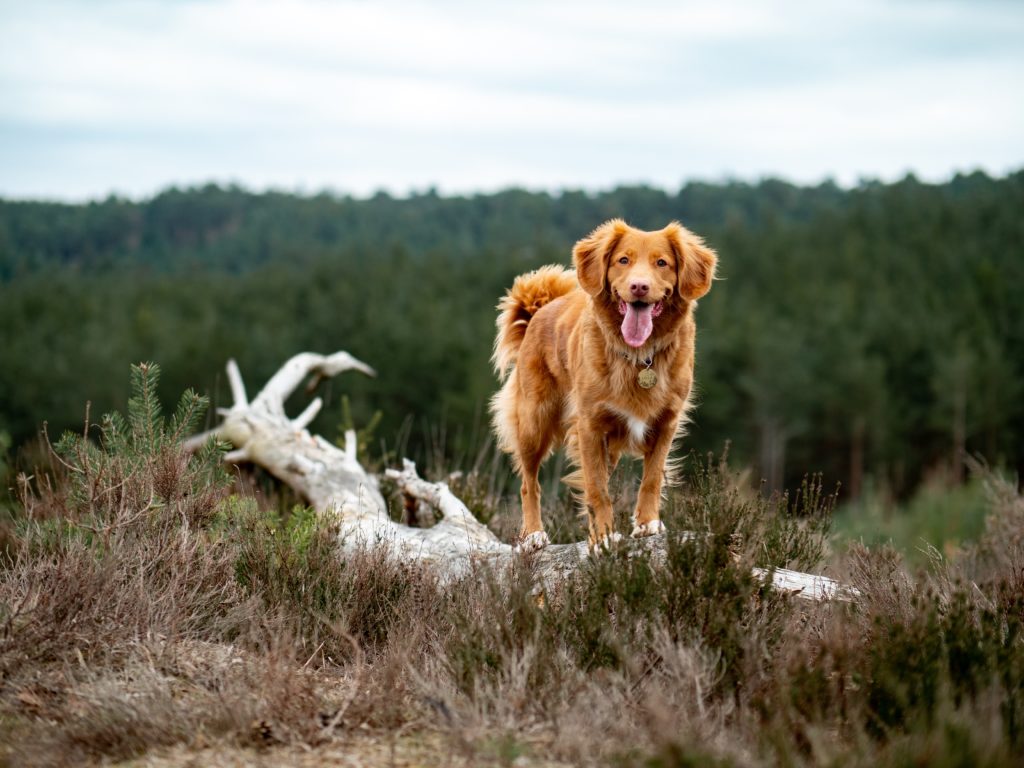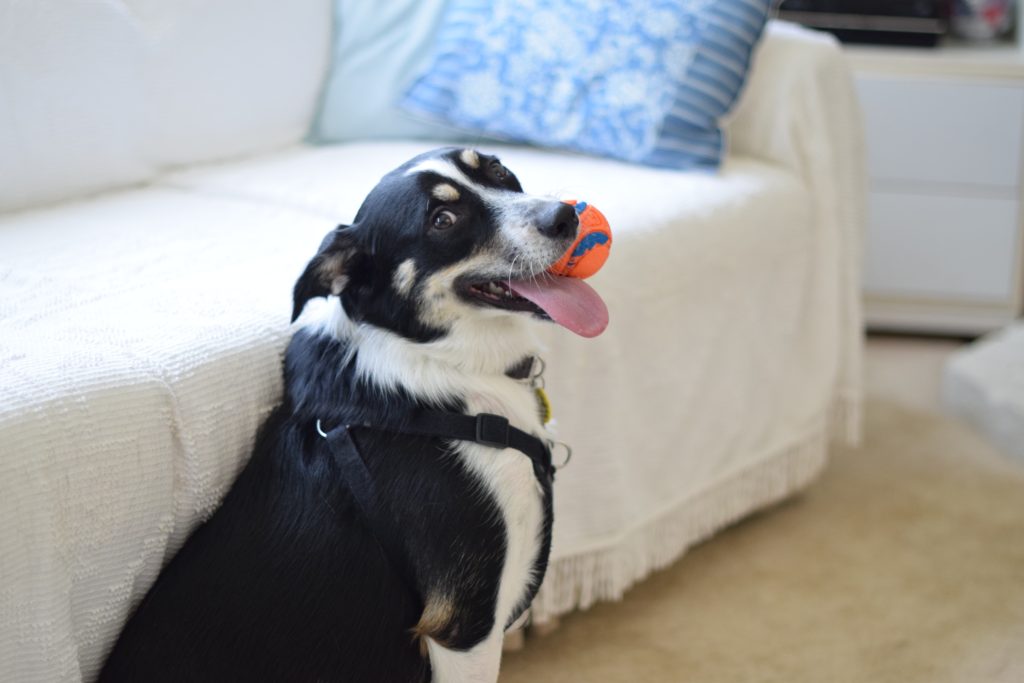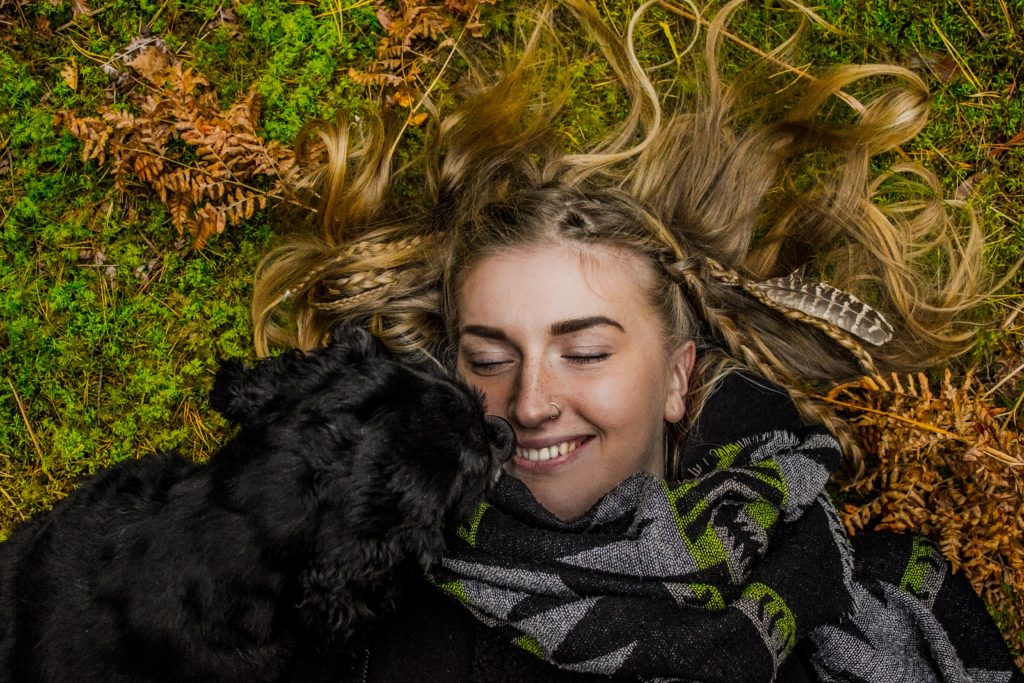5 Tips on How To Housetrain An Older Dog

Housetraining, potty training, housebreaking. No matter what you call it, it’s the least fun but most important training for you and your animal’s happiness.
If you’ve adopted a dog from a shelter or rescue, he may not have good bathroom habits anymore. Although older dogs can be a bit more stubborn than a puppy, an adult dog can still be housebroken, and they can even learn new tricks!
Adopting an adult dog has its challenges, but that is what makes it so rewarding. Don’t let yourself get tripped up on the first hurdle. Read on for 6 simple tips to house train an adult dog.
1. Know Your Dog
Sometimes when a dog is given to a shelter, the owner will give some basic information about her. Knowing if your dog has been previously housebroken will give you an indication of how long and closely you need to watch him. If you don’t know this information, that’s ok. Just assume he wasn’t housetrained before.
A lot of things happen when you bring your new dog home from the shelter, and a lot of new responsibilities are left to you. One that you should immediately start on, is paying close attention to your dog’s behavior at all times. Notice how she acts when she’s going pee on a walk, or how he needs to find somewhere to poop that’s far away from everything (not all dogs are like this, just an example!).

By working on recognizing these behaviors you can more easily tell when your dog needs to go outside during the first few weeks when the housetraining has not yet taken hold.
2. Set a Schedule
A schedule is very helpful for housetraining your animal.
From the first moment you bring your dog home, you should set a feeding schedule. To ensure your dog eats her food when you want her to, her dish should only be down when it has food in it. Give her the bowl at the times you wish to feed, and remove it after about 20 minutes, regardless if she has eaten.
Although this seems a bit harsh, it’s really not. Your dog will soon understand that food is only given at a certain time and he will eat it all if he’s hungry.
Sometime after he’s been fed, take him for a walk so he can relieve himself outside. This way both you and your dog have a set routine. Bonus: Nothing is cuter than your dog getting the zoomies because he knows it’s time for a walk.

At a minimum, a good schedule to start with is simply to take your dog out first thing in the morning, right when you get home from work, and before you go to bed. Please note that these times are the “foundation” of your schedule, and should always be there. You should take him out more, depending on the size of your dog and her habits.
Take your dog on a leisurely walk, and let him sniff around and exercise. Some dogs need this extra time before relieving themselves.
3. Use A Crate
If your dog isn’t relieving himself during your walks, you will need to do something called crate training.
Crate training sounds mean, but it’s really not. It just ensures your dog won’t go inside your house. And not for an extended period of time (please don’t do that). Just for 5-10 minutes, before you take her outside again.
When you return home from a walk that your dog didn’t go to the bathroom on (but you know she should have), put her in the crate for 10-20 minutes. Then take her outside again. Repeat this until the dog relieves himself. Once he does, give him treats and lots of affection! You want him to know that you want him to go outside for that.
4. Accidents Happen
Accidents happen when housebreaking a dog. That’s just the way it goes. But you’ve got at least one thing going for you: an adult dog doesn’t need to go as often as a puppy.

When your dog has an accident, don’t get mad, rub their nose in it, scare him, or punish him. If you punish or scare them, you may make your dog scared to eliminate in front of you, making your walks pointless.
Make sure to thoroughly clean the accident area. Household cleaners work well visually, but make sure to use an enzyme cleaner to eliminate smells that may encourage your dog to use that area again.
5. Be Patient When Housetraining
Your dog may not have ever even had the opportunity to go to the bathroom outside. He may have only ever felt concrete! Taking your dog to a park or along popular walking trails can encourage your dog to go. They like to bathroom where other dogs have gone.
Wrapping It Up
Remember, housetraining an adult dog can be a bit of a challenge, but it’s really not that difficult. Just follow the housebreaking tips in this article and you’ll be on your way to a well-trained companion.
Learn about your dog, set a schedule, use a crate to help you, clean up with enzyme cleaning solutions, and be patient!
As an Amazon Associate I earn from qualifying purchases.



